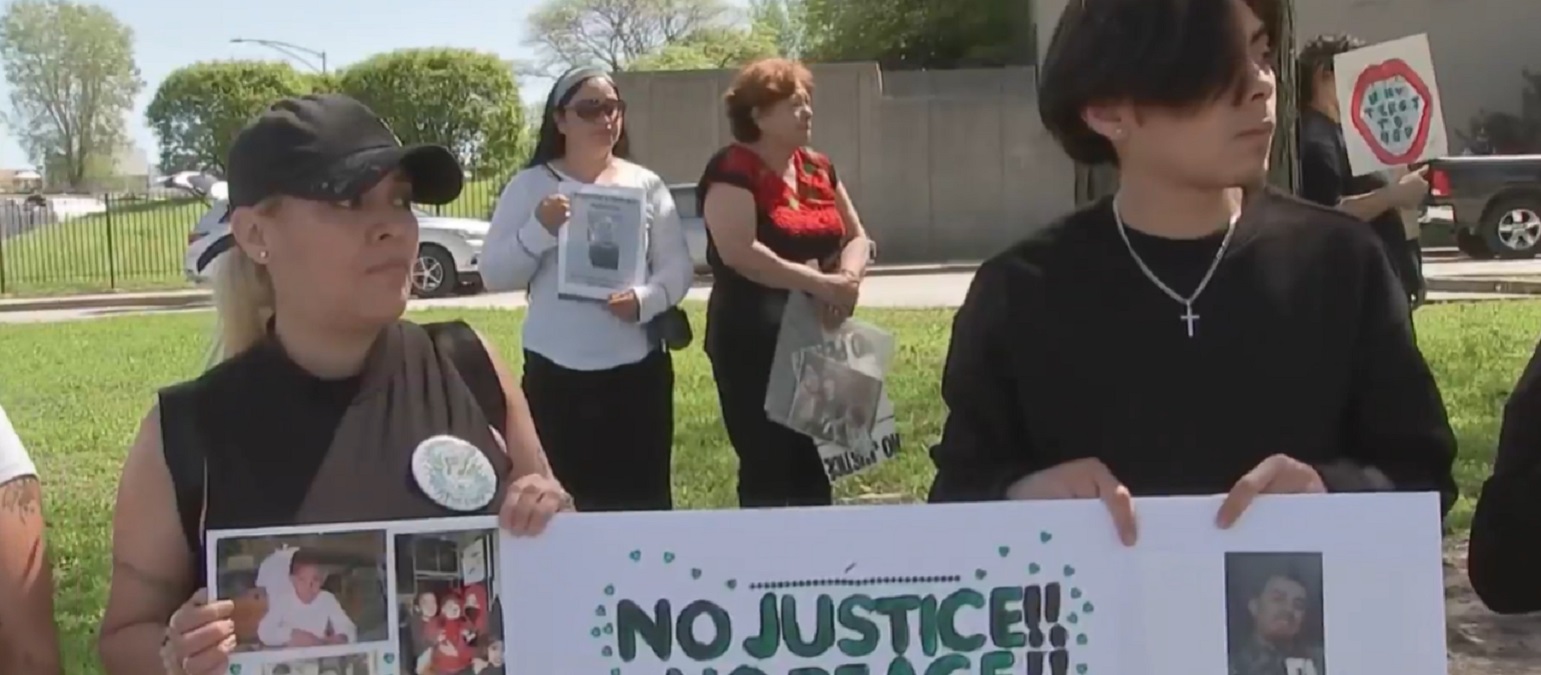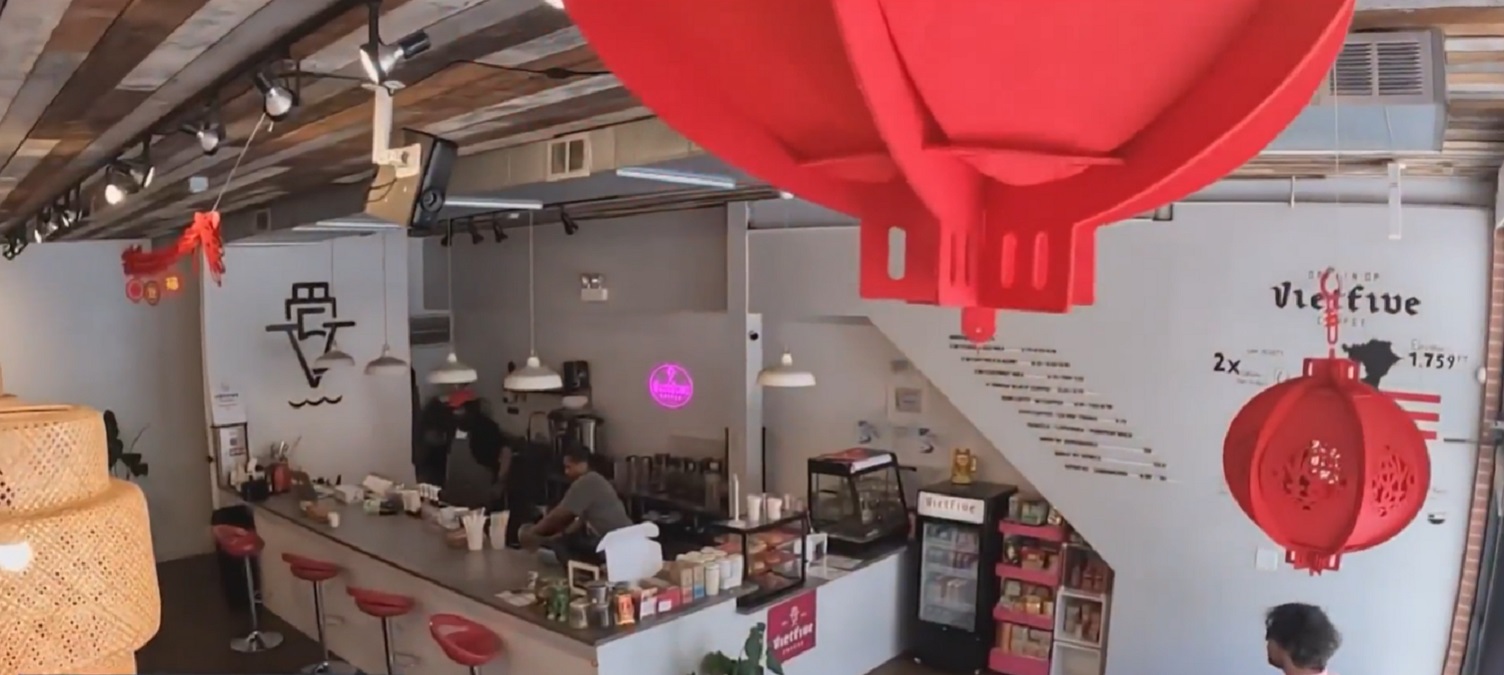The topic of immigration has remained a hot-button issue for years, and one of the more controversial policies involving the entry of migrants into the United States is set to end this week.
Policies invoked under Title 42 during the COVID-19 pandemic, which allowed the United States to turn away migrants on the grounds of the ongoing public health emergency, will end Thursday night, with conservatives warning that an influx of new asylum-seekers could overwhelm border communities and with liberals demanding reforms to the system after President Joe Biden warned of a tough transition period.
Biden conceded that conditions at the border will be “chaotic for a while,” leading to criticisms from both sides of the aisle.
So what is Title 42? Who is technically allowed to enter the United States, and how are they expected to do it? Here’s what we know.
What is Title 42?
Title 42 is the name of an emergency health authority. It’s a holdover from the Trump administration and it began in March 2020, allowing U.S. officials to turn away migrants who came to the U.S.-Mexico border on the grounds of preventing the spread of COVID-19.
Before that, migrants could cross illegally, ask for asylum and be allowed into the U.S.. They were then screened and often released to wait out their immigration cases.
Local
Under Title 42, migrants were returned back over the border and denied the right to seek asylum. U.S. officials turned away migrants more than 2.8 million times. Families and children traveling alone were exempt.
Biden initially kept Title 42 in place after he took office, then tried to end its use in 2022. Republicans sued, arguing that the restrictions were necessary border security. Courts had kept the rules in place. But the Biden administration announced in January that it was ending national COVID-19 emergencies, and so the border restrictions are now going away.
Feeling out of the loop? We'll catch you up on the Chicago news you need to know. Sign up for the weekly Chicago Catch-Up newsletter here.
When Does the Title 42 Policy Officially End?
Starting at 11:59 p.m. EDT Thursday, the Title 42 restrictions will lift, coinciding with the end of COVID emergency rules that had been in place since the pandemic began.
What Will Replace It?
The Biden administration has put into place a series of new policies that crack down on illegal crossings. The administration says it's trying to stop people from paying smuggling operations to make a dangerous and often deadly journey.
Now, there will be strict consequences. Migrants caught crossing illegally will not be allowed to return for five years. They can face criminal prosecution if they do.
The key to remember is that anyone can cross a border and ask for asylum, in accordance with U.S. and international law. People from all over the world come to the U.S-Mexico border to seek asylum in the U.S. They are screened to determine whether they have a credible fear of persecution in their homeland. Their case then goes to the immigration court system to determine if they can stay in the U.S., but that process can take years. Usually they are released into the U.S. to wait their cases out.
The Biden administration is now turning away anyone seeking asylum who didn’t first seek protection in a country they traveled through, or first applied online. This is a version of a Trump administration policy that was overturned by the courts, so it’s not clear whether this restriction will hold up. A lawsuit is expected.
How Could Its End Impact Chicago and Other ‘Sanctuary Cities’?
Officials in Texas and Florida have enacted policies to bus migrants and asylum-seekers to so-called “Sanctuary Cities,” including Denver, Washington D.C. and Chicago.
In the Midwest, Chicago Mayor Lori Lightfoot issued an emergency declaration Tuesday in anticipation of a “surge” of new arrivals of migrants as Title 42 sunsets.
Hundreds of individuals have been transported to Chicago in recent days, with the city scrambling for resources and housing.
"We should all understand that this crisis will likely deepen before we see it get better, so as we move forward, the city of Chicago will have to bring additional locations online to prepare for the arrival of more individuals and families and to relieve Chicago Police Department districts," Lightfoot said in a statement. "The city of Chicago is in the midst of a national humanitarian crisis, and through a unified effort in accordance with its values as a welcoming city, Chicago is doing everything it can to respond to the urgency of this matter. The city has continued to call on federal and state governments to support the new arrival mission with much-needed additional funding and resources for emergency shelter and resettlement, as there are not enough resources currently to meet the need."
According to Lightfoot, Chicago has received more than 8,000 migrants since Aug. 2022, and that number is expected to climb as Texas redoubles its efforts under “Operation Lone Star.”
City officials say the emergency declaration was designed to push for financial assistance from the state government and from the federal government.
Lightfoot says current city resources are “stretched to the breaking point,” and requested that the Illinois National Guard be mobilized to help with the influx of migrants.
Chicago’s mayor-elect Brandon Johnson says he will continue efforts to coordinate resources with federal and state officials, but efforts to find housing for migrants have been stymied by a variety of factors, including public opposition to the use of shuttered school buildings in several city neighborhoods.
Who is Allowed to Enter and Remain in the U.S.?
The U.S. has said it will accept up to 30,000 per month from Venezuela, Haiti, Nicaragua and Cuba as long as they come by air, have a sponsor and apply online first. The government will also allow up to 100,000 people from Guatemala, El Salvador, and Honduras into the U.S. who have family here if they, too, apply online. Border officials will deport people otherwise, including turning 30,000 a month from Venezuela, Haiti, Nicaragua and Cuba back over the border to Mexico.
Other migrants may be allowed in, too, if they apply through the CBP One app. Right now, 740 people per day have been allowed in through the app and they're increasing it up to 1,000 per day.
Are There Specific Rules for Those That Enter?
Families crossing the border illegally will be subject to curfews, and the head of household will have to wear an ankle monitoring bracelet. Immigration officials will try to determine within 30 days whether a family can stay in the U.S. or be deported. Usually that process would take years.
The administration considered detaining families until they cleared initial asylum screenings but opted instead for the curfews, which will run from 11 p.m. to 5 a.m. and begin soon in Baltimore; Chicago; Newark, New Jersey; and Washington, D.C., according to a U.S. official who spoke on condition of anonymity because the information was not intended to be public.
Families who do not show up for their screening interviews will be picked up by immigration authorities and deported.



